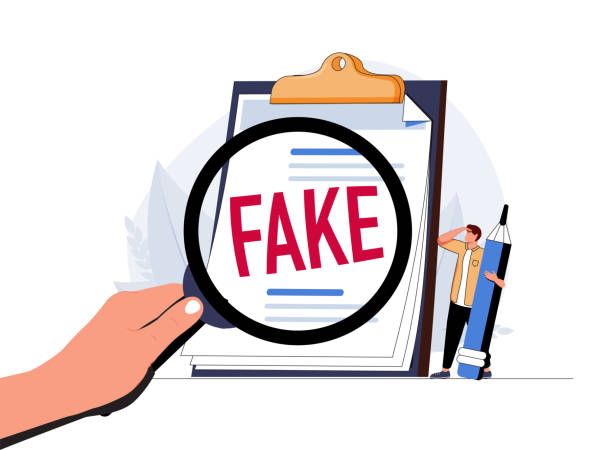Processing documents to ensure they are error-free and to detect tampering with handwritten and digital documents. It speeds up the implementation of Internet banking apps and enhances customer support. submitting documents to OCR services for validation via a verification procedure. The KYC (Know Your Customer) document uses the AML (Anti-Money Laundering) system to check records, past customer information, and specifics to ensure successful online transactions.
Importance of Verification Of Documents
Documents with stamps, watermarks, holographic typefaces, and other safeguards are checked during authentication. Documents are automatically approved. Automation allows staff to provide better service and error-free documentation while saving the company energy and time. A digital transaction or financial loss can be prevented, and handwritten errors can be decreased with an online document system. The document verification process gets rid of manipulation and stops criminality.
How can a Document be OCR Verified?
The most effective identity document forgery technique to examine papers and spot manipulation is with OCR (Optical Character Recognition) software, available for internet platforms. OCR is essential for extracting documents and matching text to recorded data in various sectors. It transforms documents into readable text by machines, rendering them simple to read and free from fraud. Birth certificates, tax returns, contracts, legal documents, housing paperwork, licenses, and more are examples of documents. Document fraud must be verified to lower the possibility of fraud and human error.
Challenges in Verifying Documents
Ensure security and integrity Services that verify documents must overcome some obstacles to guarantee accuracy and security. The following issues could be present:
Fraudulent Behaviors
The AI document verification system must deal with increased fraud because fraudsters are constantly developing new ways to deceive consumers and conduct phony transactions.
Types of Documents
Validating handwritten papers in different tongues or writing styles presents challenges for the system.
Privacy Concerns
Even if the document verification service promotes data security, there could still be privacy concerns with the handling and archiving of sensitive personal information.
Technical Restrictions
The document checker technology of OCR and ICR has progressed. Handwritten entries, bad scans, and publications with an extensive character set may still be complex for them to read.
Regulatory Changes
For the purpose of maintaining ongoing compliance with regulatory and compliance requirements, businesses regularly update their legal records. A flawless user interface is required to strike a balance between meticulous authentication and an enjoyable interaction with the system.
Solutions for Document Verification
Users of banking and financial institutions can check papers for accuracy and to guarantee that transactions are more efficient and secure.
Fraud Prevention
Verification of documents reduces fraud and human mistakes. Several banking and securities companies employ these strategies to minimize losses and adhere to regulatory obligations.
Streamline the Procedure
Human error, time, and risk are reduced by online transactions, onboarding, and documentation processes.
Minimize Human Labor and Paper
Authenticating documents digitally lowers the need for paper records and human labor. It produces precise results, saves money, and reduces time.
Reduce Financial Losses with Digital Document Authentication
Maintaining consumer confidence in online transactions is the fundamental principle of document authentication. It confirms the document’s validity and gives businesses assurance and legitimacy. The verification of documents enhances the user experience by ensuring safe and secure processes and lowering errors. Because results can be produced instantly, online document verification enables businesses to react quickly and offer customers services immediately.
Document verification lessens manipulation by utilizing KYC (Know Your Customer) and AML (Anti-Money Laundering) procedures. Customers must be located, and bank account ownership must be verified for financial transactions to be successful. Using the OCR system, text documents can be transformed into machine-readable text. The ID verification procedure makes them easy to read and use without the risk of human error. The process becomes complex when numerous languages and fonts are involved and the documents are unclear, erased, or unclear. The OCR technology simplifies businesses’ growth and upholds their reputation by recognizing text.
Conclusion
Organizations of every description use document verification to validate commercial transactions. It lessens manipulation and financial loss. OCR tools are used to check documents for compliance and to thwart corruption. To ensure document validation, professionalism and accuracy, an automated machine has verified the minimization of document errors. To prevent damage, customer identities can be verified manually and digitally. The online document verification process draws documents into characters, highlights them, and incorporates them into document operating systems to further improve association and accessibility. OCR is essential for cutting-edge document processing techniques because it boosts productivity, lowers costs, and encourages working together.


